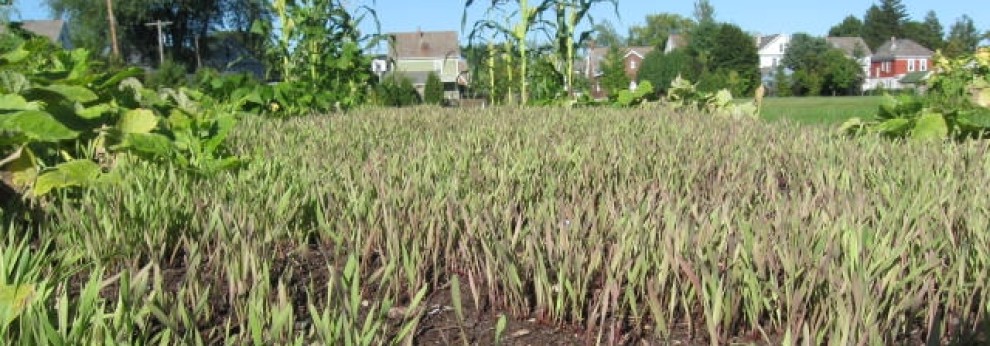 Educators are gravely concerned these days, and rightly so, that social isolation, meant to slow the spread of a deadly disease, is taking a toll on the mental health of kids across the country. An Internet search for words like “mental health students pandemic” provides a sense of the broad conversation inside schools about addressing the concerning situation.
Educators are gravely concerned these days, and rightly so, that social isolation, meant to slow the spread of a deadly disease, is taking a toll on the mental health of kids across the country. An Internet search for words like “mental health students pandemic” provides a sense of the broad conversation inside schools about addressing the concerning situation.
We largely find advice that talks about identifying kids having difficulty and then connecting them with professional resources. We see and hear much less, however, about an entirely different path that an online search for “mental health nature” reveals. And that is worrisome. Because academic research linking mental health to contact with nature has been piling up for years.
As a 2018 blog post from Harvard Medical School says, “Research in a growing scientific field called ecotherapy has shown a strong connection between time spent in nature and reduced stress, anxiety, and depression.”
The ecotherapy school of thought is probably best captured by the book Last Child in the Woods: Saving our Children from Nature-Deficit Disorder. We would make it required reading for everyone in the K-12 teaching business if we could. It documents a century’s worth of gradual estrangement from nature and ever-increasing incidence of psychological difficulty that may well result from this estrangement. This particular book and many academic publications offered plenty of reason before the Covid 19 pandemic turned our world upside down and inside out to think that asking kids to sit in a classroom for six or seven hours a day is tantamount to educational malpractice.
Thus, with confidence even back in “normal” times that moving some amount of instruction outdoors would invigorate teaching and learning beyond what education veterans could imagine, the Vegetable Project started working to create an outdoor classroom at Myers Middle School in Albany. The completed project, as we envision it, will offer a change of scenery that bolsters valuable contact with nature. It will provide seating near a vegetable garden, fruit trees and habitat that supports bird, insect and mammal life, where real breezes and sunshine are part of real experiences.
Creating this, however, is more urgent now than ever. Every hour of every day that a few classes can be held outside may be the surest and most accessible path to alleviating the conditions that are now creating crisis-level stress in our children. We can gather more safely outdoors than inside, making in-person teaching – even if only sometimes – a more appealing option for both teachers and students.
The professional resources that so many concerned thinkers suggest are important. But we should take a cue from people who remind that healthy habits are worth more than the best medical care in the world if it keeps us from needing that great medical care. We should persistently ask education leaders, from our local schools to the state Education Department, to learn about ecotherapy research and start moving some instruction outdoors – for the health of our children. Stress, anxiety and depression are serious barriers in to educational success. An environmental approach to these challenges could have far greater positive impact than all the after-the-fact individualized professional interventions in the world.
–Bill Stoneman




Pingback: Winning over audience sometimes takes time | Vegetable Project